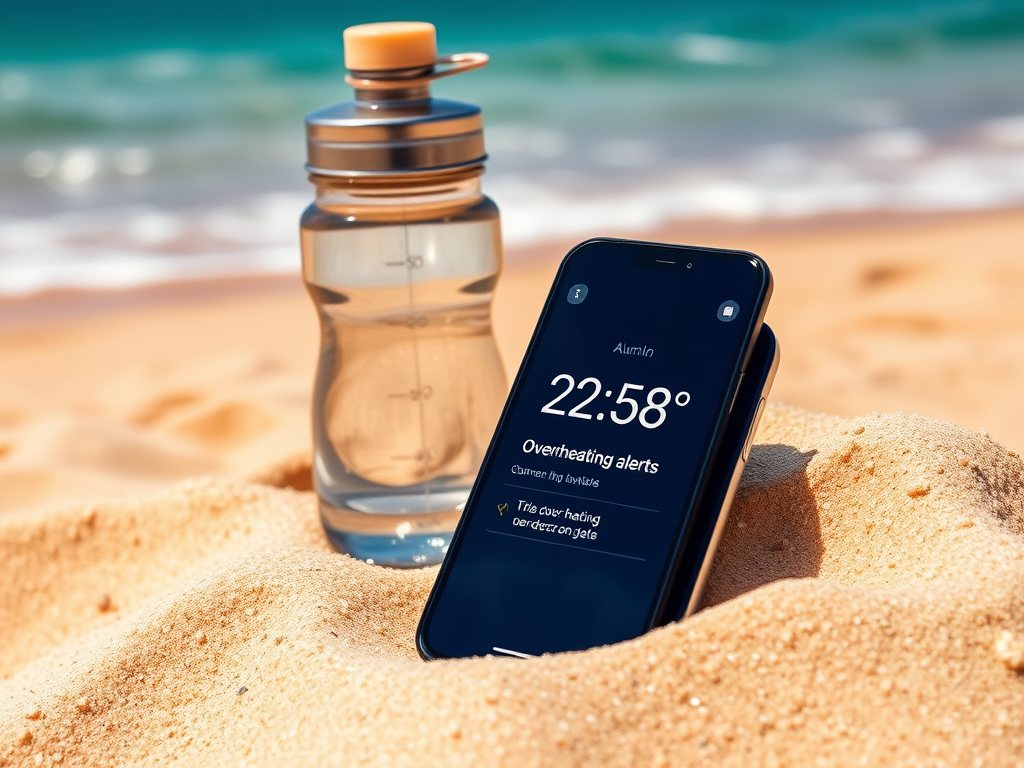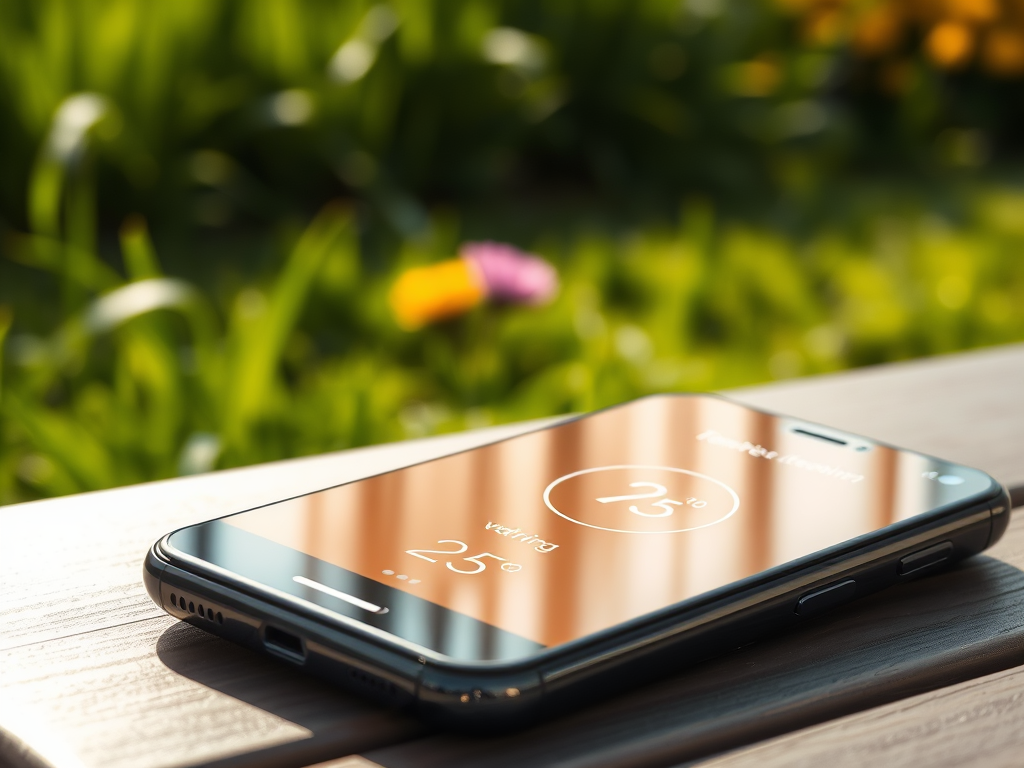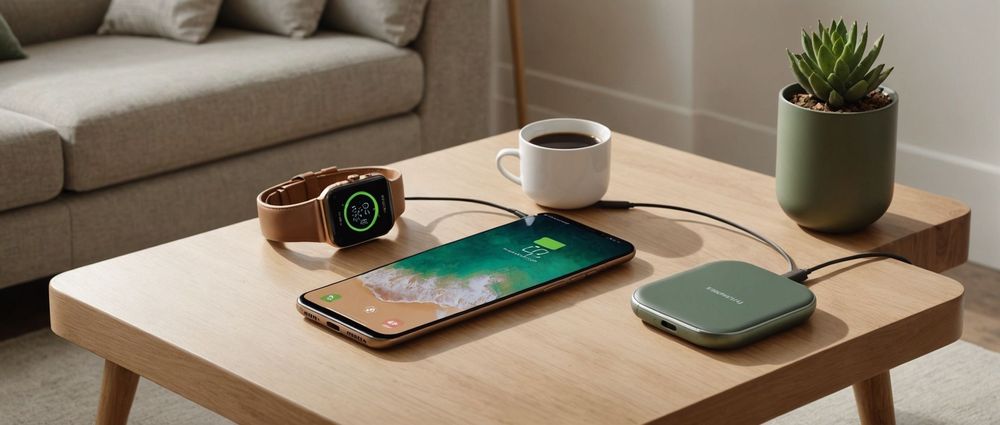Imagine it’s a bright, sunny day, and you decide to take your phone outside to catch up on your favorite apps. Little do you know, that seemingly harmless action could lead to overheating issues that not only affect performance but may also diminish the lifespan of your device. With each passing minute under the sun, the temperature of your phone could rise dramatically, prompting it to respond in ways that may not be evident until it’s too late. It’s essential to understand how direct sunlight impacts your phone’s temperature and take necessary precautions to safeguard your device. In this article, we’ll discuss the science behind this phenomenon and offer actionable solutions for protecting your phone.
Understanding How Direct Sunlight Affects Your Phone

The effects of direct sunlight on your phone’s temperature can be quite pronounced. Smartphones, designed to function optimally in controlled environments, are not equipped to handle excessive heat for extended periods. When left in the sun, your phone absorbs heat significantly, which can lead to overheating. Overheating can trigger software warnings, throttle performance, and in the worst-case scenario, lead to hardware failures. It’s important to acknowledge that even a brief exposure to direct sunlight can pose risks to your device. By understanding these affects, users are better equipped to protect their devices and enhance longevity.
Why Temperature Matters for Your Phone

Maintaining an optimal temperature for your smartphone is essential for its overall endurance and functionality. Here are some critical points to consider regarding temperature and your device:
- Battery Health: High temperatures significantly degrade battery performance and longevity.
- Performance Issues: Your phone might execute slower or shut down unexpectedly when exposed to heat.
- Hardware Integrity: Constant overheating can damage internal components, which may lead to costly repairs or replacements.
Understanding these aspects paint a clearer picture of why temperature regulation is a critical component of smartphone care. The ramifications of ignoring device temperature can hinder performance and incur additional costs. Therefore, adopting proactive measures can salvage both your phone’s efficiency and your wallet.
The Science Behind Temperature Increases
Direct sunlight exposure elevates your phone’s temperature due to several scientific factors at play. The heat absorption by materials used in phone construction plays a vital role in this increase. Additionally, your phone’s internal processes, which include running apps and functions, also contribute to heat generation. This combination can quickly escalate a device’s temperature from mere warmth to an alarming heat level. Understanding these dynamics helps users make informed decisions about device usage in varying weather conditions. Consequently, knowing when to take preventive action can be a lifesaver for both performance and lifespan.
| Temperature (°C) | Typical Device Reaction | Potential Damage |
|---|---|---|
| 30 – 35 | No significant issues | Minimal risk |
| 36 – 40 | Device may throttle performance | Battery degradation |
| 41 – 45 | Overheating warnings appear | Potential hardware damage |
| Above 45 | Automatically shuts down | Severe internal damage |
Preventive Measures to Protect Your Phone
To minimize the impact of sunlight on your smartphone’s temperature, consider these protective strategies:
- Keep Your Phone in the Shade: This simple yet effective habit can prevent direct sunlight exposure, protecting your device.
- Avoid Leaving Your Phone in Hot Spots: Areas like cars or windowsills are particularly vulnerable to extreme temperatures and should be avoided.
- Use a Phone Case: Opt for reflective or insulated cases that can help mitigate heat absorption.
- Adjust Screen Brightness: Lowering the brightness screen can reduce energy consumption, thus decreasing heat production.
Implementing these strategies can serve as your first line of defense against overheating. It’s crucial to adopt a holistic approach to handling your phone during sunny days, keeping in mind both environmental factors and your usage patterns.
Conclusion
To wrap it up, understanding the significance of temperature management for your phone is key to maintaining its performance and lifespan. Direct sunlight poses various risks that can be easily mitigated with simple preventive measures. By being aware of how temperature influences your device, you can enhance its longevity and ensure a better user experience. Remember, a few mindful actions can go a long way in safeguarding your valuable electronic companion on those sunny days.
Frequently Asked Questions
- How hot can my phone get in direct sunlight? Most smartphones operate best in temperatures up to 35°C (95°F), but direct sunlight can elevate that quickly.
- What should I do if my phone overheats? Turn it off and let it cool down in a shaded area while avoiding the use of heavy apps during that time.
- Can prolonged heat exposure damage my phone permanently? Yes, consistent exposure to high temperatures can degrade the battery and other internal components.
- Are some phones more heat-resistant than others? Yes, certain models are designed with built-in heat management features, allowing them to withstand higher temperatures.
- Does using my phone while charging increase the heat? Yes, engaging in resource-intensive tasks while charging can generate extra heat, risking further overheating.



